ENJOY YOUR FREE PREVIEW!
PRP Masters Shoulder course preview
We're excited to provide you with a sneak peek into our comprehensive PRP Masters Shoulder Course. This free preview will give you a taste of the top-tier education and hands-on learning experiences that our PRP Masters Shoulder Course offers!
click below to watch this first
A word from your instructor
Dr. Moore is a highly regarded and sought after pioneer, teacher and author in the quickly emerging field of musculoskeletal sonography. His straightforward, easily understood teaching methods have been deemed essential to shortening the learning curve for medical practitioners, medical sonographers, physician assistants, nurse practitioners, physical therapists and allied health professionals as they develop expertise in MSK sonography.

Get Started with our Free Trial
Intro
Dr. Randy Moore, the president and founder of MSK Masters, discusses the importance of regenerative medicine and outlines three key principles for performing regenerative medicine procedures effectively. He emphasizes the need for ultrasound guidance, comprehensive and targeted protocols, and a three-legged approach involving a high-quality regenerative medicine product, accurate diagnosis, and specific placement.
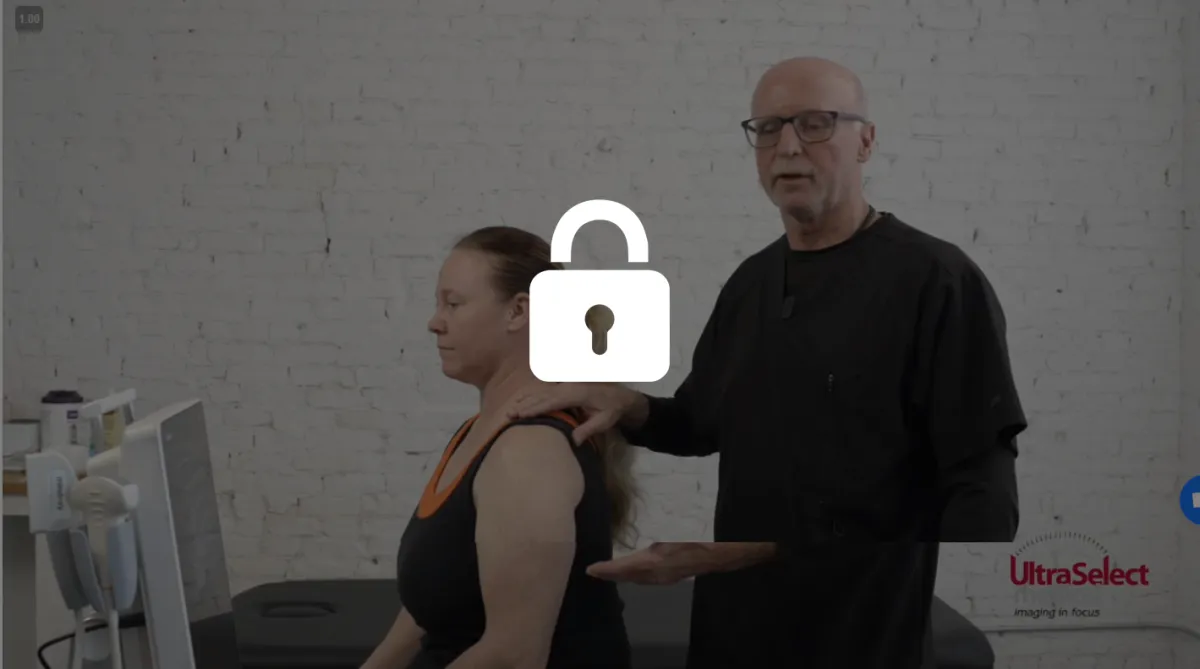
Diagnosistic Procedure
The video details a diagnostic examination and treatment plan for a patient named Jenny, who is experiencing chronic shoulder pain. The examination involves ultrasound imaging to assess various structures of the shoulder, including the biceps tendon, subscapularis tendon, acromioclavicular (AC) joint, supraspinatus tendon, and glenohumeral joint.
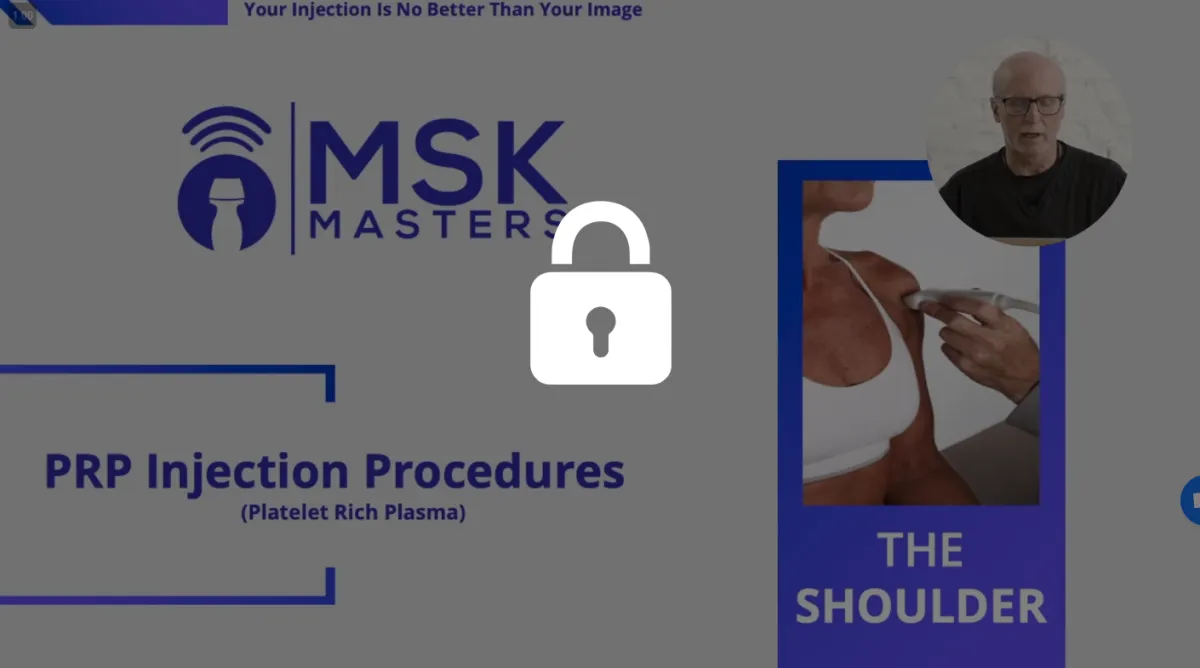
Shoulder Presentation
This video discusses the diagnostic findings and treatment plan for a 39-year-old female equestrian patient with chronic shoulder pain. Ultrasound examinations revealed tendinosis, calcification, and microtears in the biceps tendon, subscapularis tendon, and supraspinatus tendon. Effusion and early degenerative changes were also observed in the subdeltoid bursa, acromioclavicular (AC) joint, and glenohumeral joint.
Equipment
The video provides a detailed overview of the necessary supplies and procedures for conducting a Platelet-Rich Plasma (PRP) procedure. It covers the required equipment, such as syringes, needles, sterile supplies, and a digital scale for counterbalance weighing.
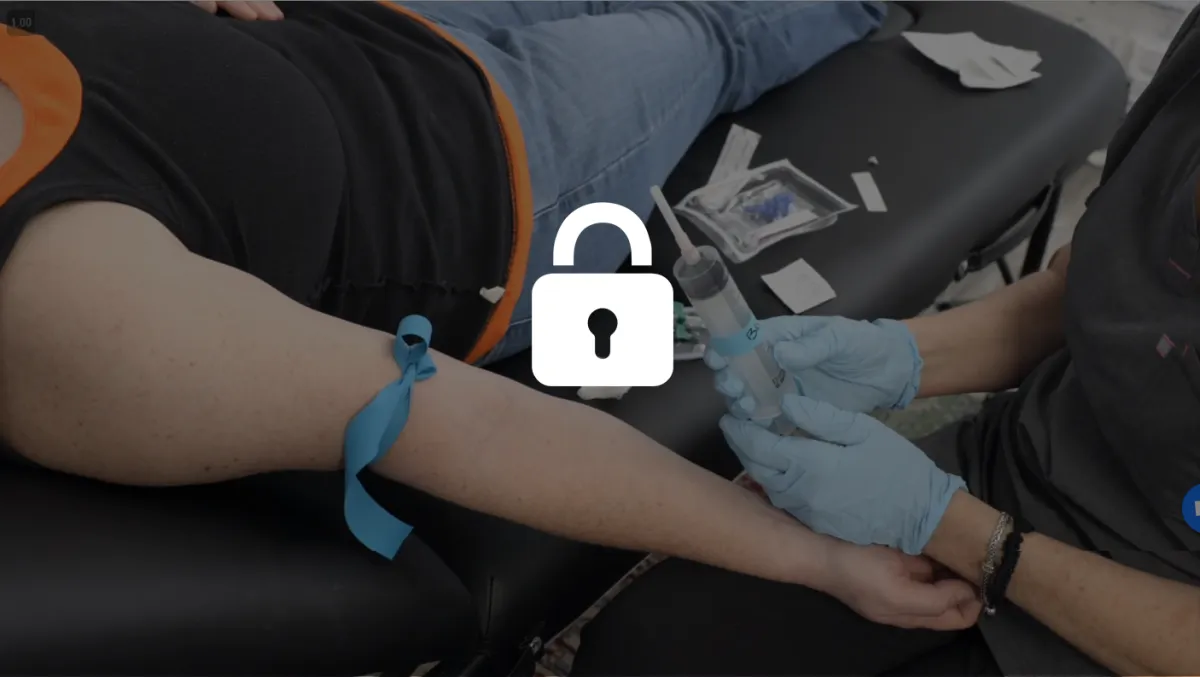
Blood Draw
The video describes the process of drawing blood from a patient to prepare platelet-rich plasma (PRP). It involves drawing 60 cc of blood, including 6 cc of sodium citrate as an anticoagulant, into a syringe. The blood is drawn slowly to avoid damaging the platelets.
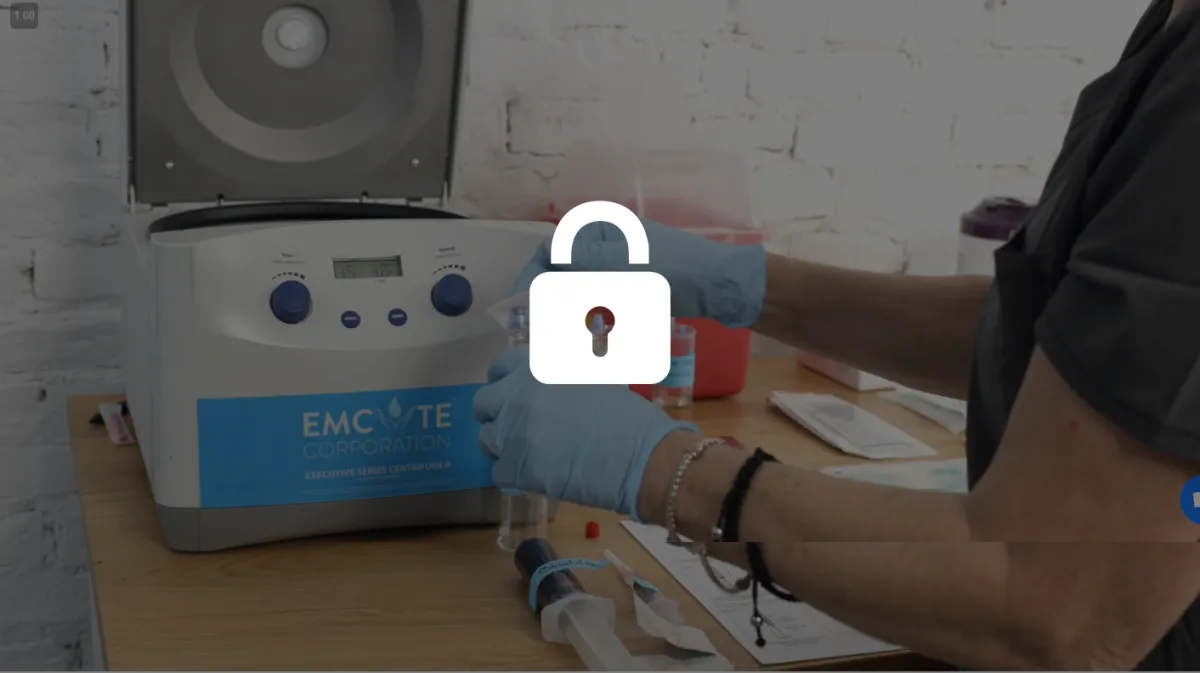
PRP Prep
The video provides a detailed step-by-step guide on how to use the mSight PRP product to extract platelet-rich plasma (PRP) from a patient's blood sample. It outlines the two-step centrifugation process, including specific instructions on blood draw volumes, centrifuge speeds, spin durations, and the separation and extraction of the desired PRP product.
Mark Injection Sites
The video details the process of preparing for a medical procedure involving ultrasound-guided injections. The key steps outlined include marking injection sites, identifying anatomical structures using ultrasound imaging, and determining the appropriate approach (in-plane or out-of-plane) for each injection site.
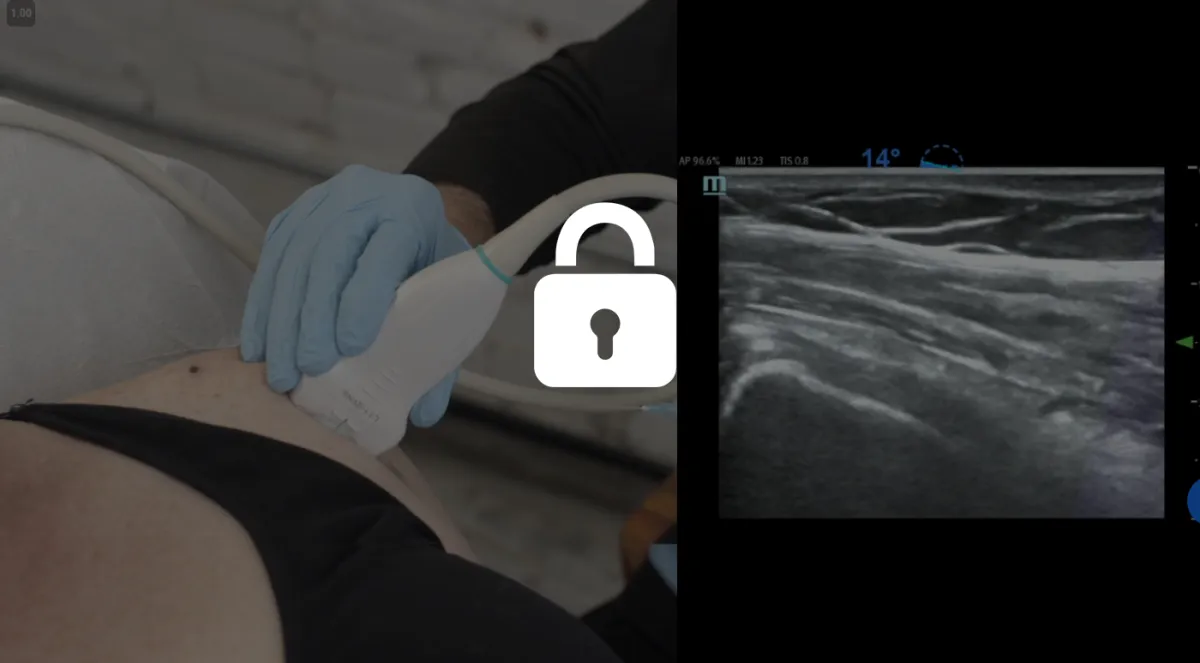
Pre-Injection Anesthesia
The video details the process of administering numbing injections prior to performing various injections on a patient's shoulder. Dr. Moore explains the steps involved in numbing the injection sites for the subscapularis tendon, acromioclavicular (AC) joint (both in-plane and out-of-plane approaches), supraspinatus tendon, and glenohumeral joint.
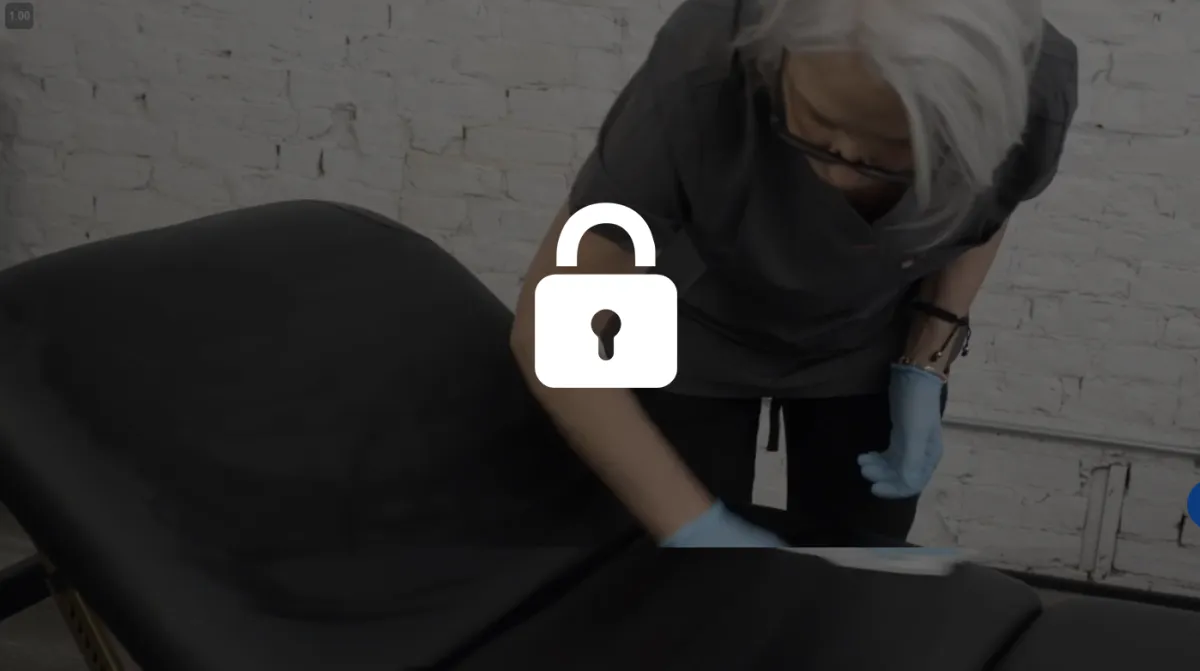
Bedside Prep Cleaning
The video provides instructions for preparing a treatment site and maintaining a sterile field during a medical procedure. It outlines the steps for cleaning the treatment table, applying a paper drape, and performing a two-step skin preparation process using iodine and chloroprep swabs.
Probe Protocol
The video details the process of sterilizing an ultrasound transducer probe for medical procedures. It emphasizes the importance of proper sterilization to prevent cross-contamination and infection between patients.
1st Injection Site
The video describes the process of performing an injection into the long head of the biceps tendon using ultrasound guidance. The key steps outlined include identifying the injection site, advancing the needle under ultrasound visualization, puncturing through the tendon sheath, injecting the desired volume (1 cc in this case) of the solution, and slowly retracting the needle while monitoring its path.
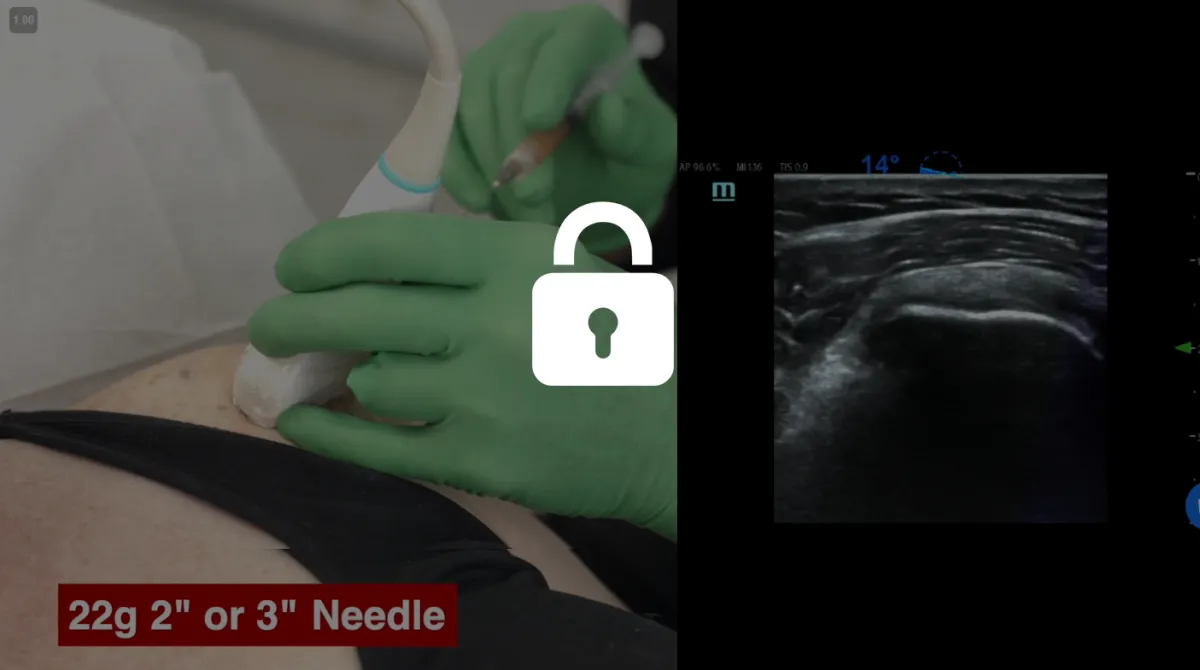
2nd Injection Site
The video describes a medical procedure involving an ultrasound-guided injection into the subscapularis tendon and bursa. Dr. Moore explains the steps of advancing the needle into the tendon, depositing 1 cc of medication into the area of tendinosis, and then injecting 0.5 cc into the bursal interface on top of the tendon.
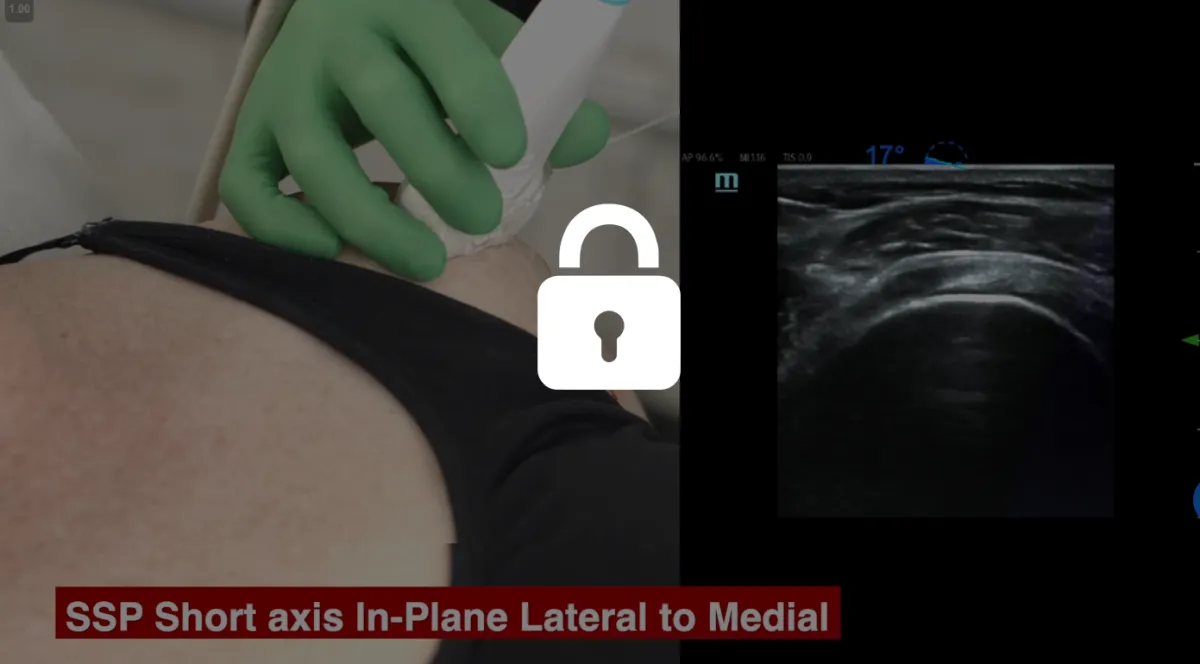
3rd Injection Site
The video describes a medical procedure involving injecting platelet-rich plasma (PRP) into the supraspinatus tendon of a patient's shoulder. Dr. Moore provides a detailed narration of the steps involved, including locating the tendon using ultrasound guidance, advancing the needle into the tendon, and depositing the PRP product.
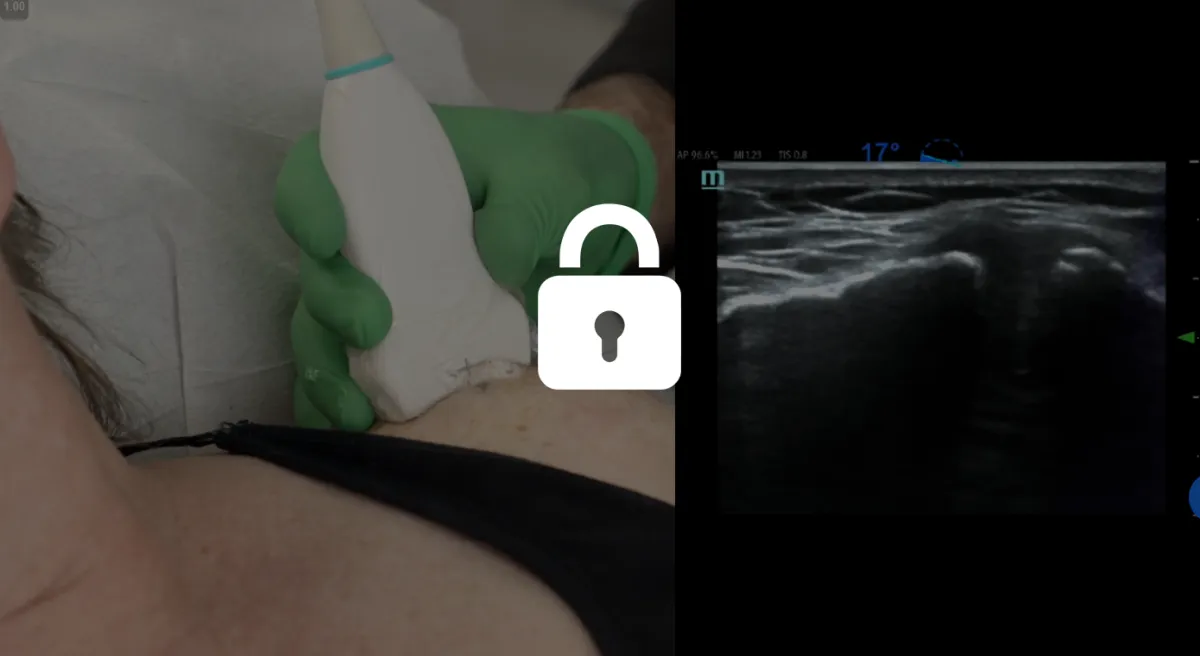
4th Injection Site
The video describes a two-part procedure for an AC joint injection. The first part involves advancing a needle through the AC joint ligament and depositing 0.75 cc of PRP (platelet-rich plasma) to help heal and tighten the ligament, stabilizing the joint space.

5th Injection Site
The video details a medical procedure involving injections into the glenohumeral (shoulder) joint. Dr. Moore explains the importance of treating the joint space in addition to other areas when performing regenerative procedures like platelet-rich plasma (PRP) or biosellular injections.
Ultrasound System Settings
The transcript provides a detailed overview of using an ultrasound system for diagnostic imaging and procedures, specifically focusing on obtaining high-quality grayscale images and proper ergonomic setup.
Strategically Treat Common Shoulder Pain Syndromes.
PRP Is More Effective Long Term For Rotator Cuff Disease Than Steroid Injection. *
Three Core Principles

Accurate Diagnosis
Musculoskeletal sonography is the “standard of care” in Regenerative Medicine for diagnostic exam and guided procedures. Ultrasound has the unique and exceptional capability to reveal the “current physiologic state” of the musculoskeletal anatomy.
Placing the ultrasound probe on the patient immediately displays the
entire physiologic spectrum
from active inflammation… to resolved fibrosis.

A High Density PRP/Biocellular Product Is Required
Deliverable platelets are the actual volume of viable platelets contained in a platelet rich plasma (PRP) treatment sample.
PurePRP® SupraPhysiologic provide between 7 and 21 billion platelets in a 7mL treatment sample, however the typical deliverables for patients with normal platelet counts are around 9 billion platelets. This is up to 2 billion higher than the minimum required treatment amount.

Specificity Of Placement Cannot Be Overstated
Ultrasound Guided Injections Targeted At Pre-Determined Sites Is Required To Achieve The Best Response To PRP Regenerative Therapy.
Who is PRP Masters?
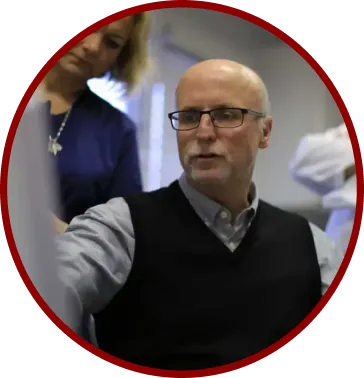
Randy E. Moore, DC, CMA, RDMS, RMSK
Dr. Randy Moore of PRP Masters is a highly regarded and sought after pioneer, teacher and author in the ever expanding field of musculoskeletal sonography and regenerative medicine. His teaching methods have been deemed essential to shortening the learning curve by thousands of health professionals as they develop expertise in MSK sonography.
Unlock the Full Course and Transform Your Shoulder Practice Today!
Discover What Practitioners Are Saying About PRP Masters
Emily S.

PRP Masters has been an invaluable resource for my practice. The course content is comprehensive and well-organized, making it easy to integrate into my workflow. I've seen remarkable improvements in my patients' outcomes since implementing the techniques I learned from PRP Masters.
David R.

I enrolled in PRP Masters seeking to expand my knowledge of regenerative medicine, and I wasn't disappointed. The instructors are experts in their field, and the hands-on training provided me with the confidence to perform PRP procedures effectively. I highly recommend this course to any healthcare professional looking to elevate their practice.
Jennifer M.

PRP Masters has exceeded my expectations. The course curriculum is thorough, covering everything from the science behind PRP to practical injection techniques. The instructors are passionate and supportive, providing personalized guidance every step of the way. Thanks to PRP Masters, I feel equipped to offer my patients the best possible care.

